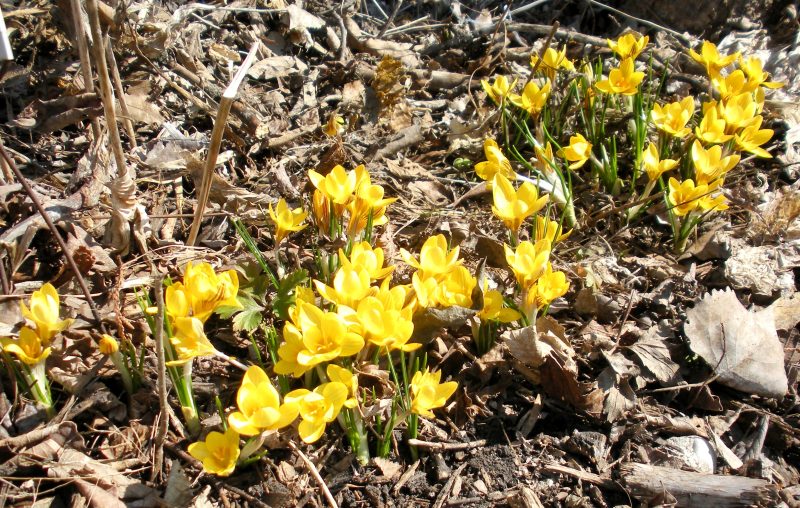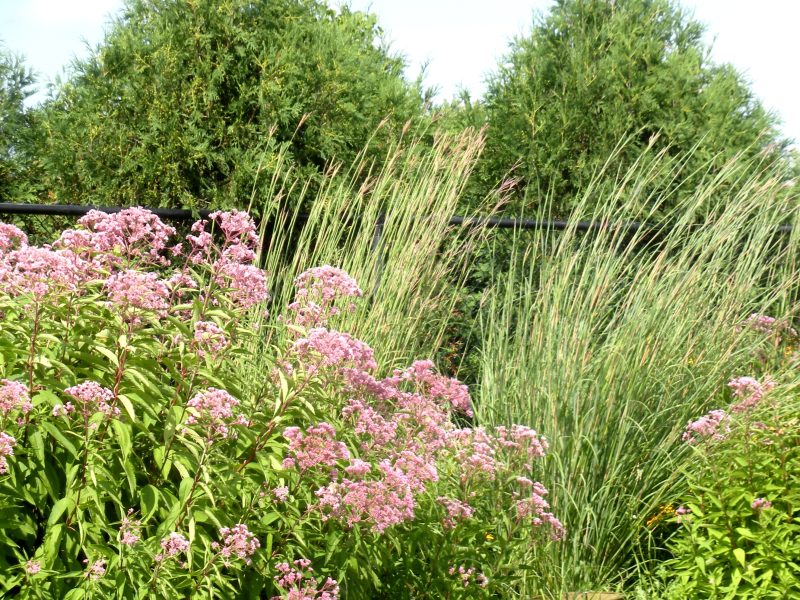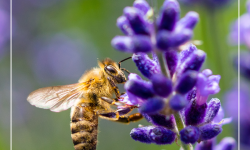
Pollinator Paradise: Creating a Garden Haven for Bees, Butterflies, and Birds
Introduction: In the bustling world of a garden, there are unsung heroes that often go unnoticed – pollinators. Bees, butterflies, and birds play a crucial role in the ecosystem by pollinating flowers and ensuring the reproduction of plants. Creating a pollinator-friendly garden not only supports these vital creatures but also adds vibrancy and life to your outdoor space. In this blog post, we’ll explore the importance of pollinator-friendly gardening practices and provide tips for attracting bees, butterflies, and birds to your garden sanctuary.
The Importance of Pollinator-Friendly Gardening Practices: Pollinators are essential for the reproduction of many flowering plants, including those that produce fruits, vegetables, and seeds. Without pollinators, these plants would struggle to reproduce and ultimately decline in population. By creating a pollinator-friendly garden, you’re not only supporting the health of your local ecosystem but also ensuring a bountiful harvest of fruits and vegetables for yourself and your community.
Tips for Attracting Bees, Butterflies, and Birds:
- Choose Native Plants: Native plants are adapted to your local climate and soil conditions, making them attractive and accessible to local pollinators. Research native plant species in your area and incorporate them into your garden design.
Examples include:
- Wild Bergamot (Monarda fistulosa): Also known as bee balm, this native perennial features clusters of pink to lavender flowers atop tall stems. It blooms from mid- to late summer and attracts a variety of pollinators, including bees, butterflies, and hummingbirds.
- Black-eyed Susan (Rudbeckia hirta): This cheerful native annual or short-lived perennial boasts bright yellow daisy-like flowers with dark brown centers. It blooms from mid-summer to early fall and is a favorite of bees and butterflies.
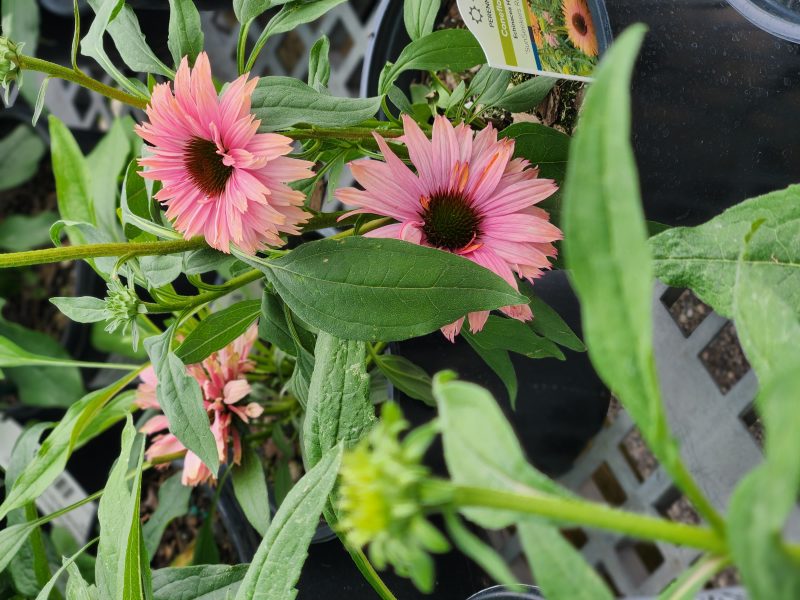
Purple Coneflower (Echinacea purpurea): This native perennial produces vibrant purple flowers with prominent orange centers. It blooms from mid-summer to early fall and is a favorite among bees and butterflies.
Wild Lupine (Lupinus perennis): This native perennial produces tall spikes of blue to purple flowers in late spring to early summer. It is the primary host plant for the endangered Karner blue butterfly and attracts other pollinators as well.
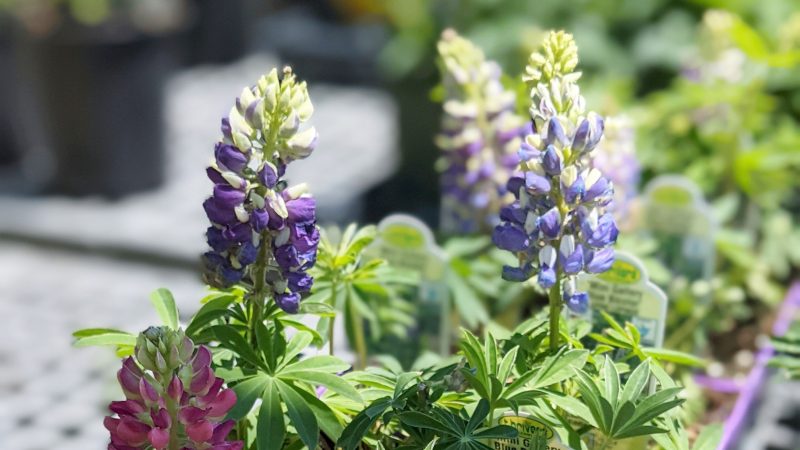
- Provide a Variety of Flowers: Different pollinators are attracted to different types of flowers, so aim to create a diverse range of blooms in your garden. Include flowers with varying colors, shapes, and bloom times to attract a wide array of pollinators throughout the growing season.
- Spring Blooms: Dutch Crocus (Crocus vernus), Snowdrop (Galanthus nivalis), Pasque Flower (Pulsatilla vulgaris)
- Early Summer Blooms: Wild Columbine (Aquilegia canadensis), Blue Flag Iris (Iris versicolor), Butterfly Milkweed (Asclepias tuberosa)
- Mid-Summer Blooms: Joe Pye Weed (Eutrochium maculatum), Swamp Milkweed (Asclepias incarnata), Black-eyed Susan (Rudbeckia hirta)
- Late Summer to Fall Blooms: New England Aster (Symphyotrichum novae-angliae), Goldenrod (Solidago spp.), Sneezeweed (Helenium spp.)
- Plant in Clusters: Grouping flowers together in clusters makes it easier for pollinators to find and access them. Aim for large patches of the same flower species to create visual impact and maximize pollinator visits.
- Offer Shelter and Water: Provide shelter for pollinators in the form of trees, shrubs, and other vegetation where they can rest and seek refuge from predators. Additionally, include a shallow water source such as a birdbath or small pond to provide pollinators with access to clean drinking water.
- Avoid Pesticides: Pesticides can be harmful to pollinators, so opt for natural pest control methods whenever possible. Integrated pest management techniques, such as attracting natural predators or using insecticidal soaps, can help control pests without harming beneficial insects.
- Create Habitat Diversity: Incorporate a variety of habitats into your garden, including open spaces, meadows, and wooded areas, to attract a diverse range of pollinators. Consider leaving some areas of your garden wild to provide nesting sites for bees and other insects.
Conclusion: In a world where pollinators are facing increasing threats from habitat loss, climate change, and pesticide use, creating a pollinator-friendly garden is more important than ever. By following these tips and embracing pollinator-friendly gardening practices, you can transform your outdoor space into a haven for bees, butterflies, and birds while supporting the health of your local ecosystem. So, roll up your sleeves, dig in the dirt, and let’s create a pollinator paradise together!

